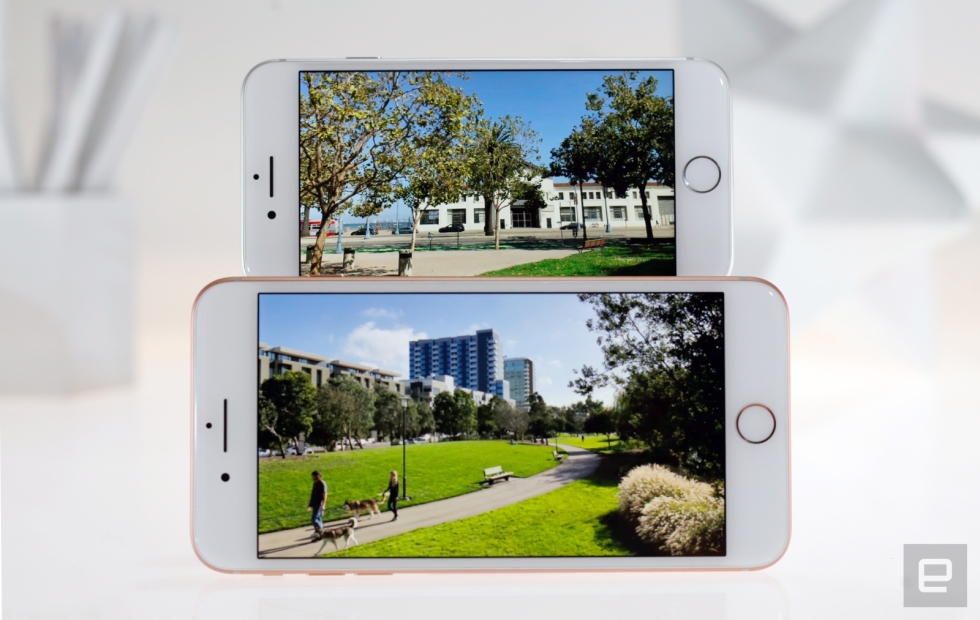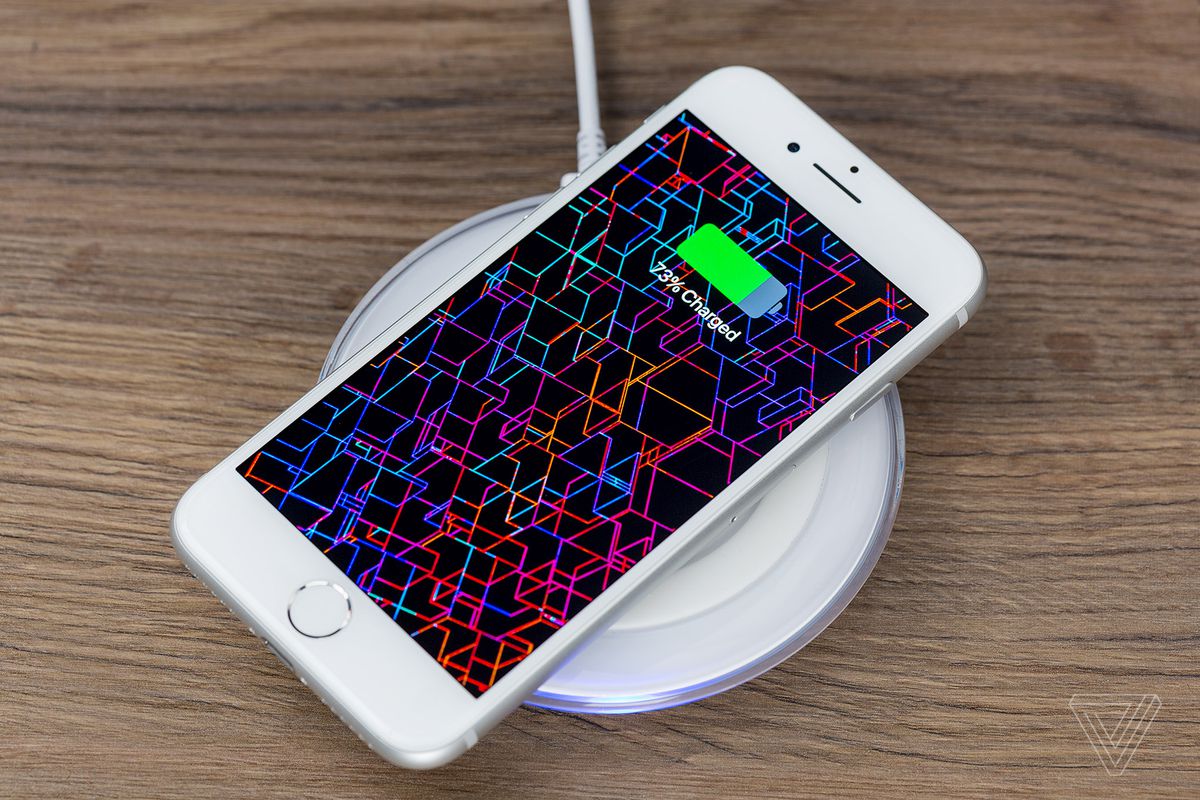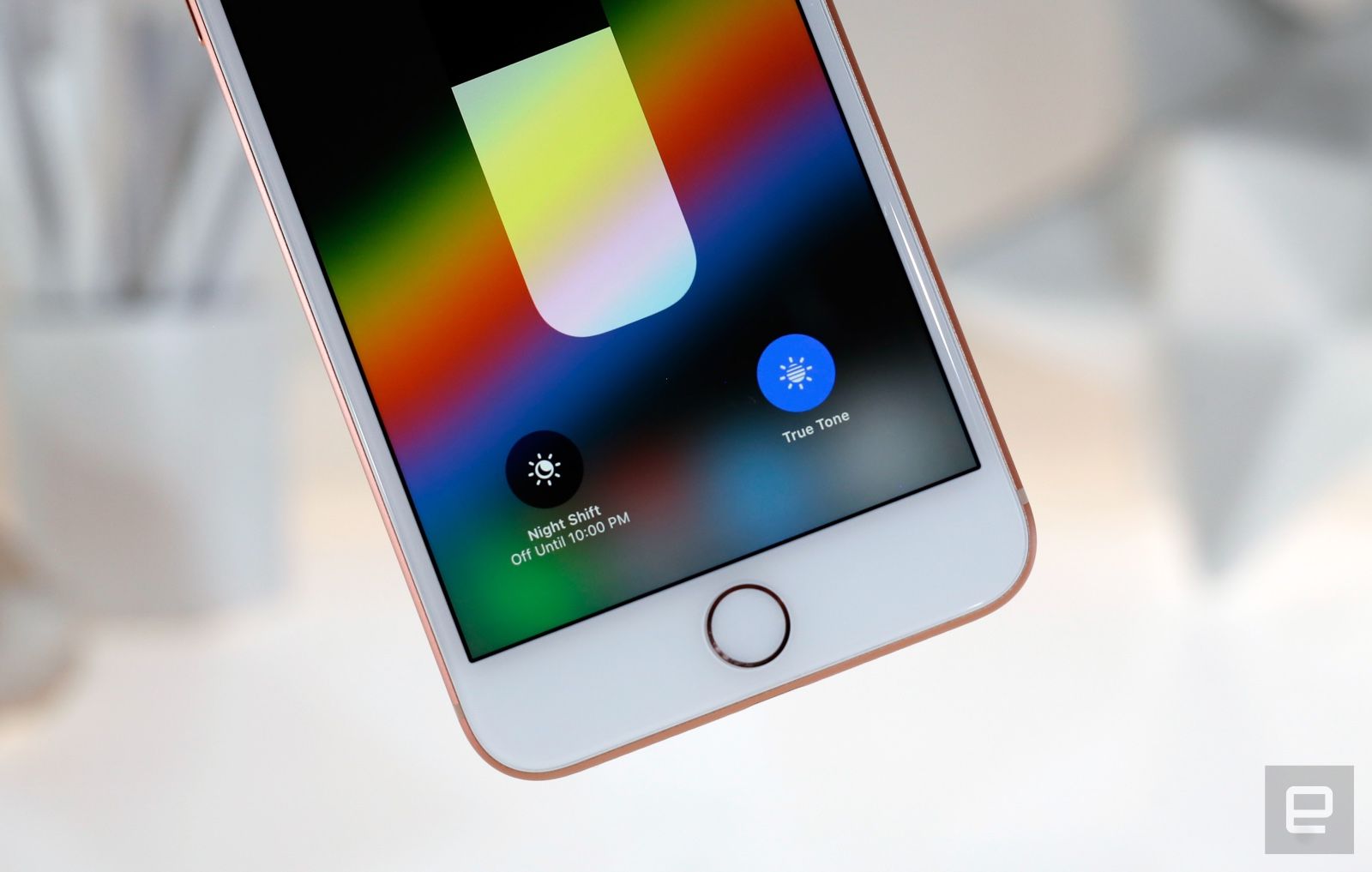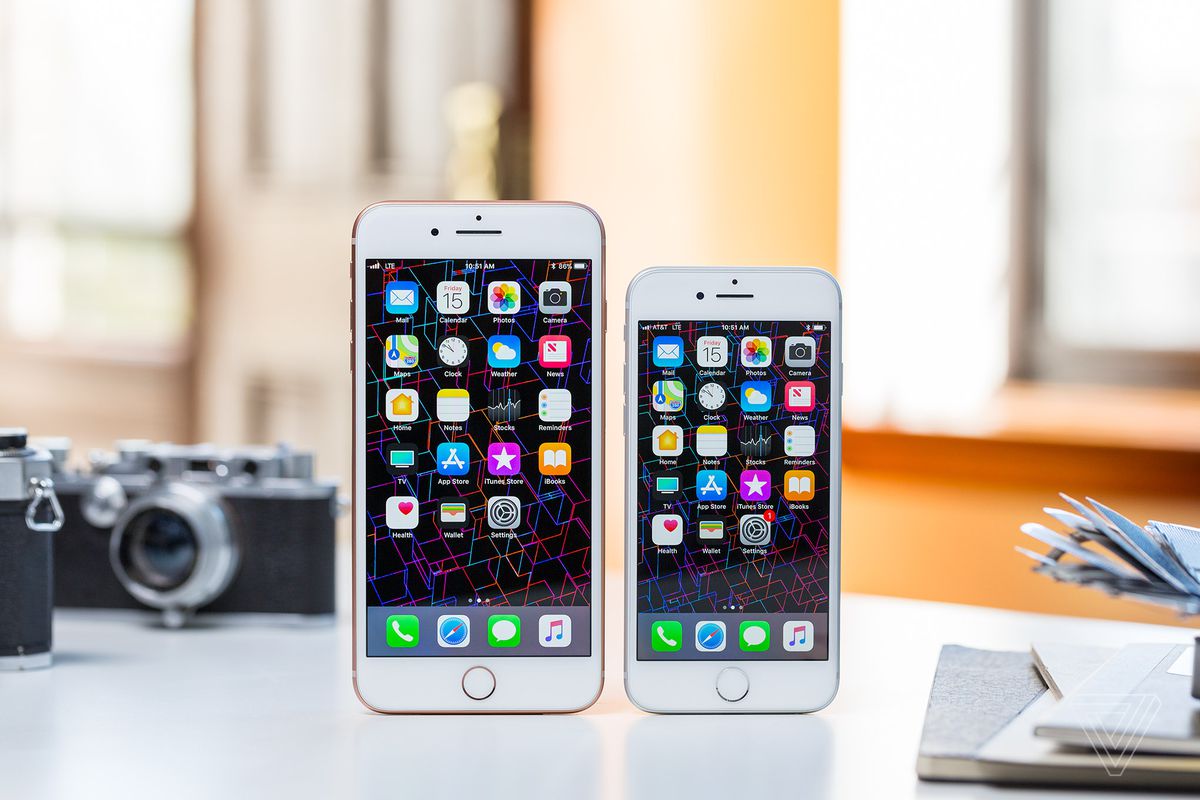It's that time of year again as two of the biggest players of the season are about to take the field. I'm of course referring to Apple's new iPhone 8 and iPhone 8 Plus, two of three new A11 Bionic-powered handsets unveiled a week ago.
Early review embargos lift today on the standard upgrades ahead of Friday's launch (the iPhone X is still more than a month away). Here's what the experts are saying.
Design-wise, not much has changed as Nilay Patel from The Verge highlights:
The iPhone 8 is fundamentally the fourth generation of the iPhone 6 --- Apple told us it thinks of the 8 as an "all-new design," but that's also what Apple said about the iPhone 6S and 7. It must take a lot of effort to keep reinventing the same basic design without actually changing it. The major difference you'll notice is the glass back, but other than that nothing has changed --- the 8 and 8 Plus will fit right into 7 and 7 Plus cases perfectly.
At the end of the day, you're looking at the same basic idea as the iPhone 6, and the iPhone 6 is far from the most beautiful iPhone Apple has ever made. I've been calling out the basic clunkiness of the 6 design since the 6 came out in 2014, when I wrote that "The iPhone 6 Plus isn't beautiful the way the iPhone 4 was beautiful." In 2015, I wrote that the iPhone 6S Plus "feels particularly surfboard-y" and that it was "almost designed to be put in a case." And last year, I wrote that "nothing about the iPhone 7's design exceeds the rest of the industry."

Matthew Panzarino with TechCrunch touches on the A11 Bionic chip:
Apple's A11 chip has performance that's on par with an i5 MacBook Pro --- and that's when it's limited by having to sit on a battery-powered device. A custom designed performance controller --- a CPU traffic cop --- sits between six cores tuned to higher or lower performance tasks.
This is all opaque to you, the user, of course. But what it means is that you get more power but the same amount of battery life. It's an even more impressive feat when you realize that the battery is actually physically smaller than last year's models.
Wireless charging is on the docket from Wired writer David Pierce:
The first is wireless charging, a decade-old tech that's finally made its way into the iPhone. Apple doesn't make a wireless charger yet---the AirPower mat comes next year---but the iPhone 8 works with any pad using the popular Qi standard. The phone charges quite a bit slower on the pad than plugged into the wall, but it's worth it for the freedom. Wireless charging makes the iPhone feel less like a Tamagotchi needing constant feeding, and more like a digital sidekick that's always ready to go. Pick it up when you need it, put it down when you don't; whenever you're not using your phone, it's charging. Android users have known this feeling for years, but a lot of iPhone users are going to love it now.

Daring Fireball's John Gruber discusses camera improvements:
Photography is one area where I don't yet have a handle on how much better these iPhones are than their predecessors. The lighting effects in Portrait mode, though, are interesting. This feature is still in "beta", but man, I've already taken some shots of my wife and son that I just love. There have also been a few where the edges of their hair have confused the hell out of the iPhone's depth sensing. But the original Portrait mode last year shipped in similar state, and got better quickly. When it works, though, it's amazing. (And when it doesn't work well, you can always revert to the plain no-lighting-effect Portrait mode shot, with nothing lost.)
Engadget's Chris Velazco had the following to say about the iPhone 8 and 8 Plus' screens:
Stop me if you've heard this before: The iPhone 8 uses a 4.7-inch IPS LCD screen running at 1,334 x 750, while the 8 Plus has a 5.5-inch, 1080p display. Those are exactly the same sizes and resolutions we've seen in earlier models, and the similarities don't stop there. Both of these new screens adhere to the wide, DCI-P3 color gamut like the iPhone 7 did, and neither of the iPhone 8 displays are brighter or higher-contrast than last year's versions. In other words, the screens used in the iPhone 8 and 8 Plus are mostly the same as the ones they were meant to replace.
Apple transplanted one of the iPad Pro's most helpful features into its new phones. It's called True Tone, and it uses an ambient light sensor to interpret your current lighting conditions and tweak the display's color temperatures to keep whites and colors looking balanced no matter where you are. You're encouraged to turn the feature on during initial setup, and I'm with Apple on this one: You should have it on. Sure, objectively speaking, the feature makes the display less accurate – as I write this, I'm in our dim studio and the iPhone 8 has adjusted its display to be a little warmer than normal. The flip side is that the colors I see now seem a little more accurate in this context, and everything is generally easier on the eyes too.

CNET's Scott Stein sums it up as follows:
The 8 Plus is exactly what you'd expect: a better 7 Plus. Basically, the 7S Plus. Despite all the under-the-hood improvements on paper, this is more like driving a familiar car with a new engine. Nothing is stopping you from buying the 8 Plus right now. And if you do that, you're getting an excellent iPhone. One of the best ever.
"One more thing" from USA Today's Edward C. Baig:
The reason to hesitate now is that Apple also unveiled the iPhone X last week, and frankly, that is going to be the model that many of you will want. It is the one I am eyeing, too.
Only the X won't be available until Nov. 3, and heck, given much speculated on supply shortages it may be weeks beyond that date before you can get it.
The should-I-buy dilemma is further complicated by pricing, with the 8 and 8 Plus sandwiched between the new X and cheaper choices. The iPhone 8 costs $699 or $849, depending on whether you select 64GB or 256GB of storage; the 8 Plus costs $799 or $949. The X, meanwhile, is at $999, or---yikes--$1149 for the max capacity. That's a reasonably wide gulf, even if monthly installment pricing and trade-ins might ease the financial burden for some.
